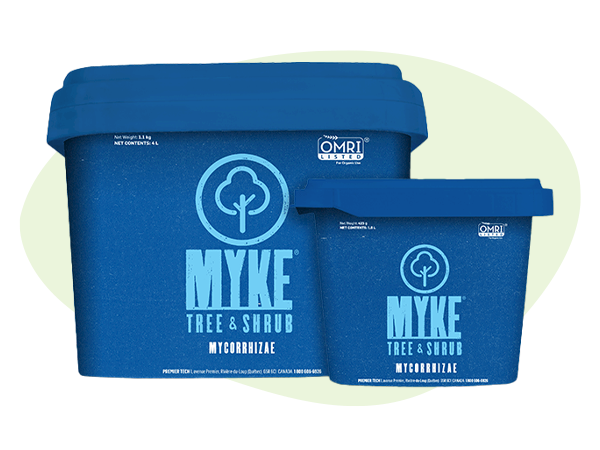Get Your Garden in Shape for Spring
Now that the evenings are getting longer and the last of the snow has finally cleared, itís time to start making those first tentative forays back into the garden. For all but the most dedicated gardeners, the outdoor space has been neglected for many months, and the prospect of getting it back into shape can be daunting. What can you do now to get the garden back on track?
Clear away winterís debris
On a dry day, arm yourself with a rake, plenty of bags and don your gardening gloves then clear all the dead branches, leaves and other debris thatís been blown on to the flower beds. If you donít already have a compost heap, you can start a new one now Ė itíll be ready for use as fertilizer in the autumn.
Tool up
If youíre hoping for months of happy gardening in 2020, youíll need to ensure youíve got the right equipment. Ensure you have a functioning fork, spade, rake and trowel, and a pair of pruners will soon become essential as plants being growing at a quicker pace. Sharpen any cutting tools you have now, before the summer growth period gets under way, and look into investing in any tools youíre currently missing.
Applying dormant oil
During dreary winter days I envy a plant's ability to go dormant. I've considered putting a sign on my office door stating, "Dormant - do not disturb until spring." In March the plants may still be dormant, but gardeners aren't.
This time of year we see the recommendation to spray dormant oil to control insects on everything from fruit trees to lilacs. Oils kill exposed insects and mites by either suffocating them (covering up breathing tubes) or by directly penetrating the outside cuticle and destroying internal cells. Spraying trees with dormant oil after bud break and leaves have emerged will still control the pests, but it may kill the young leaves or cause leaf edges to turn black if the correct oil is not used at the proper rate at the proper time.
Adding soil and fertilizers to your garden
3-in-1 Planting Mix
This practical mix was designed specifically for planting, with its blend of compost, black earth and peat moss. Use it to improve existing soil for all types of plants including vegetables and flowering plants, trees and shrubs, roses, climbing plants and conifers.
Perennial and Annual Fertilizer for Gardens
Fertilizers for an abundance of flowers throughout season. These fertilizers combine the advantages of organic material with the high solubility and mineral-rich ratios of processed fertilizers. They carry the standard three number code indicating nitrogen, phosphorus and potassium content (N, P, K). Apply your fertilizer to a damp soil according to the dosage specified on the packaging. After applying, water and work the fertilizer into soil.



















